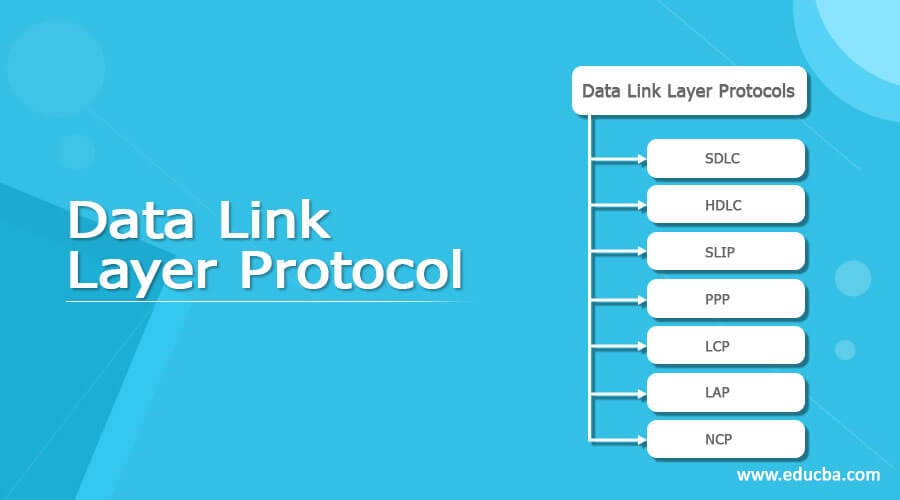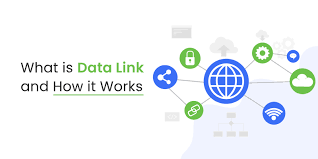The word “data link” is used in technology, particularly in organizations or businesses that deal with communication arrangements. A data link, to put it simply, is the connection between two areas. Transmitting and receiving digital information is the primary purpose of these links. These waves can be transferred thanks to a unique link protocol, after which the recipient computer interprets them. T
he second layer is incorporated by the data link in Open Systems Interconnection (OSI). This layer is responsible for data transfer and error correction in the physical layer, which is the first layer. How is a data link operated? To learn more about the data link and how it works, please continue reading.
Details about the data link
Datalink connects two devices, most often PCs. The device can send and receive data concurrently. Data links are configured in three different ways. These include the simplex, half-duplex, and full-duplex connections.
Simplex communication is unidirectional, but half-duplex communication allows for simultaneous bidirectional communication.
And the most efficient data link is the full-duplex connection. This is the most complex type of digital communication, as it allows for bidirectional communication at the same time.
Certain protocols govern the movement of data from one device to another. There has to be a proper link between the two devices to ensure effective communication.

Sublayers of Datalink Layer
- Datalink typically consists of two sub-layers. Among these are the Media Access Control (MAC) and the Logical Link Control (LLC). These are the specifics.
- Control of Logical Links (LLC): Usually made up of protocols operating at the top of the Data Link layer, this is the upper sublayer. Control, acknowledgment, error reporting, and flow control are all provided by this layer during data transfer. The data link’s address and control are the LLC’s primary responsibilities. It regulates the flow of data from the packet generator to the data recipient and outlines the procedures needed to address the transmission channels.
- Media Access Control (MAC): Who has access to the data at any given time is decided by this layer. The MAC ensures that the message reaches on time to the receiver at the required address. The Address Resolution Protocol (ARP) requests the IP address owner at the time the message is sent. To ensure that the message reaches its intended recipient, the destination host must respond with the MAC address that appears in the address.
Functions of the Data Link Layers
Datalink has several uses in the technological world. These functions include the below:
- Framing: The data link layer receives a different stream from the network and then divides the same into manageable data units. These units are known as frames.
- Physical Addressing: Physical Addressing: When these frames are redistributed to different networks, data link layers define both the sender’s and receiver’s addresses. It then adds a header with the addresses. When the frame is the receiver from outside the network, the recipient switches to the device that connects to the other network. Datalink layers play an important role in connecting all of these to allow improved communication between networks.
- Flow Control: Occasionally, the recipient uses less data than was sent. To prevent overflowing the receiver or data loss in transit between the sender and the recipient, data link layers allow control of these data from the sender to the recipient.
- Error Control: During data transmission, there are occasionally broken or missing frames. To improve communication reliability, datalink layers provide techniques to identify and send dropped packets.
- Access Control: The data link layers decide which connected device has control over the other when there are two of them. In data transmission, it selects the kind of equipment that receives a control connection.
- Link Management: The sender and the recipient must cooperate and coordinate for there to be a successful data exchange. To facilitate smooth data transmission, datalink layers start, stop, and manage links when data is sent. The layers guarantee that protocols are adhered to when transferring data.
To provide for smooth data transfer, several devices are utilized in various transmission zones. The Advanced Mini Link System (AMLS), Integrated Data Link System (IDLS), and Enhanced Micro Data Link System (EMDLS) are a few examples. Experts advise hiring a reputable IT firm to assist you with this implementation if you are in charge of a business or other technological venture that needs data link services.

FAQ’S
What is a data linker?
The data link layer is the protocol layer in a program that handles how data goes in and out of a physical link in a network.
What are the advantages of data links?
Linked data formats (like RDF) are ideal for mass editing. Multiple methods of defining items (data models, ontologies, hierarchies) can coexist in the same system (even opposing values!). Linked data allows for rapid editing, querying, and updating.
What constitutes a linker example?
There are many various types of linkers, but some of the most common are: Additions include and, also, also, additionally, in addition, and aside. Contrast: yet, yet, nonetheless, on the other hand, despite, even though.
Conclusion
A data link is a connection between two areas, primarily used in technology for transmitting and receiving digital information. Linked data formats (like RDF) are ideal for mass editing. Multiple methods of defining items (data models, ontologies, hierarchies) can coexist in the same system (even opposing values!). Linked data allows for rapid editing, querying, and updating. There are many various types of linkers, but some of the most common are: Additions include and, also, also, additionally, in addition, and aside. Contrast: yet, yet, nonetheless, on the other hand, despite, even though.





One Response